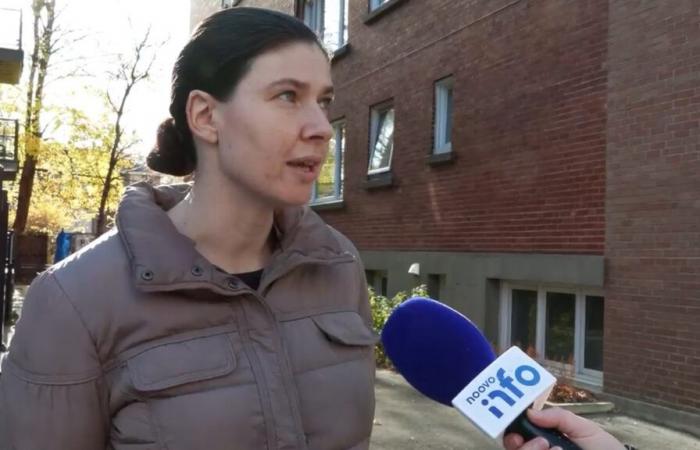Thousands of Ukrainians have arrived in Canada since the Russian invasion. More than 30,000 have found refuge in Quebec.
“My hometown is busy. I remember the nights in the metro,” said Yulia Pudubko, a Ukrainian national who arrived in Montreal in March 2023. “I can’t believe it’s already been 1000 days since this happened.”
This Ukrainian national eventually wants to return to her country, but in the meantime she is suffering because the losses were immense during the conflict.
“I want to return to my country. I suffer because my country suffers.”
-Yulia Pudubko, Ukrainian national living in Quebec
“I cry [quand je lis les nouvelles] because of the deaths and because the Russians bomb buildings quite often, especially in the last days. There are a lot of children dying,” said Ms. Pudubko, who says she is grateful to be in Canada with her 7-year-old son, in complete safety.
For the president of the Quebec provincial council of the Ukrainian Canadian Congress, Michael Schwec, this situation is experienced by many families living in the province.
“We have many mothers and children, whose husbands are still on the battlefield. It’s very difficult for them. They are defending their home,” he explained. “Ukraine is not a conflict. This is a genocidal invasion.”
As the conflict continues on site, with strikes and fighting intensifying, many people continue to denounce this “illegal” Russian invasion of Ukrainian territory. This is the case of municipal councilor Serge Sasseville, who demonstrates every day – since the start of the conflict – with a group of people in front of the Consulate General of the Russian Federation in Montreal.
“It’s important to show the Russians that in Montreal, we are against the war,” he said.
To mark these 1000 days of conflict and in support of the Ukrainian people, several rallies took place Tuesday across the country, including one in Montreal.
See Lili Mercure’s report in the video.






